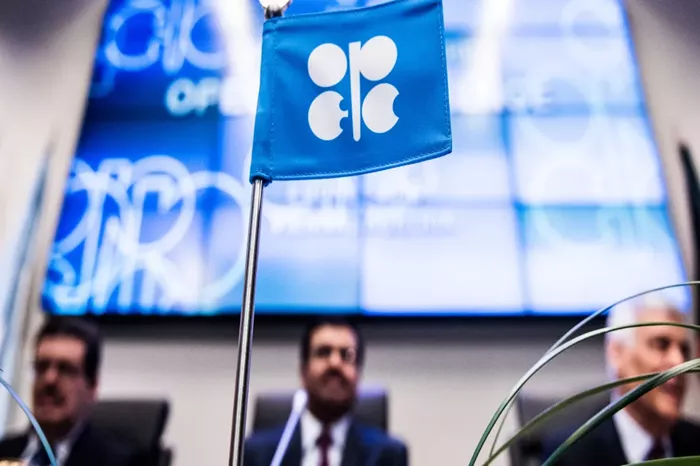The OPEC+ group is grappling with limited options to combat the prevailing bearish trends in the oil market, as further supply restrictions seem unlikely. Despite potential for a rebound in sentiment with positive demand news, current indicators suggest a bleak outlook, particularly following the peak summer driving season and ongoing concerns about China’s economic performance.
In light of recent price declines to the low $70s per barrel, OPEC+ has postponed the unwinding of 2.2 million barrels per day of cuts until December 2024, a move that failed to significantly boost oil prices. The group has also revised its global oil demand growth forecasts downward, exacerbating market pessimism.
The shift in trader sentiment is stark, with speculators adopting the most bearish positioning in petroleum futures since 2011, driven by weak demand and declining refining margins. Notably, money managers held a net short position in Brent for the first time ever as of September 10.
While the current negative sentiment lays the groundwork for a potential market rally if shorts are covered, analysts emphasize that a turnaround in demand is crucial. With steady supply and no imminent signs of demand recovery, concerns remain about oversupply into 2025. Banks, including Macquarie and Morgan Stanley, have lowered their oil price forecasts, with predictions suggesting Brent could average as low as $75 per barrel in the fourth quarter.
Without proactive measures from OPEC+, the outlook for oil prices remains uncertain as weak demand persists and refining margins continue to decline across Asia and Europe.
Related topic:

